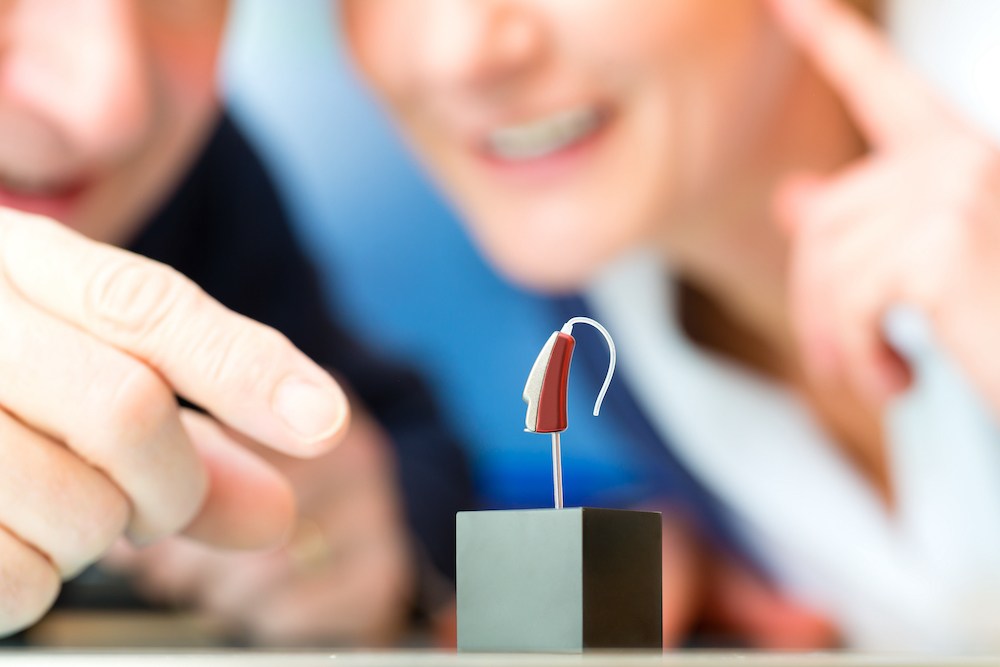The Role of Genetics in Hearing Loss
Hearing loss affects people of all ages and backgrounds, and while aging


Hearing loss affects people of all ages and backgrounds, and while aging

Auditory neuropathy is a lesser-known hearing issue that can affect both

Difficulty hearing can create challenges that go beyond simply missing